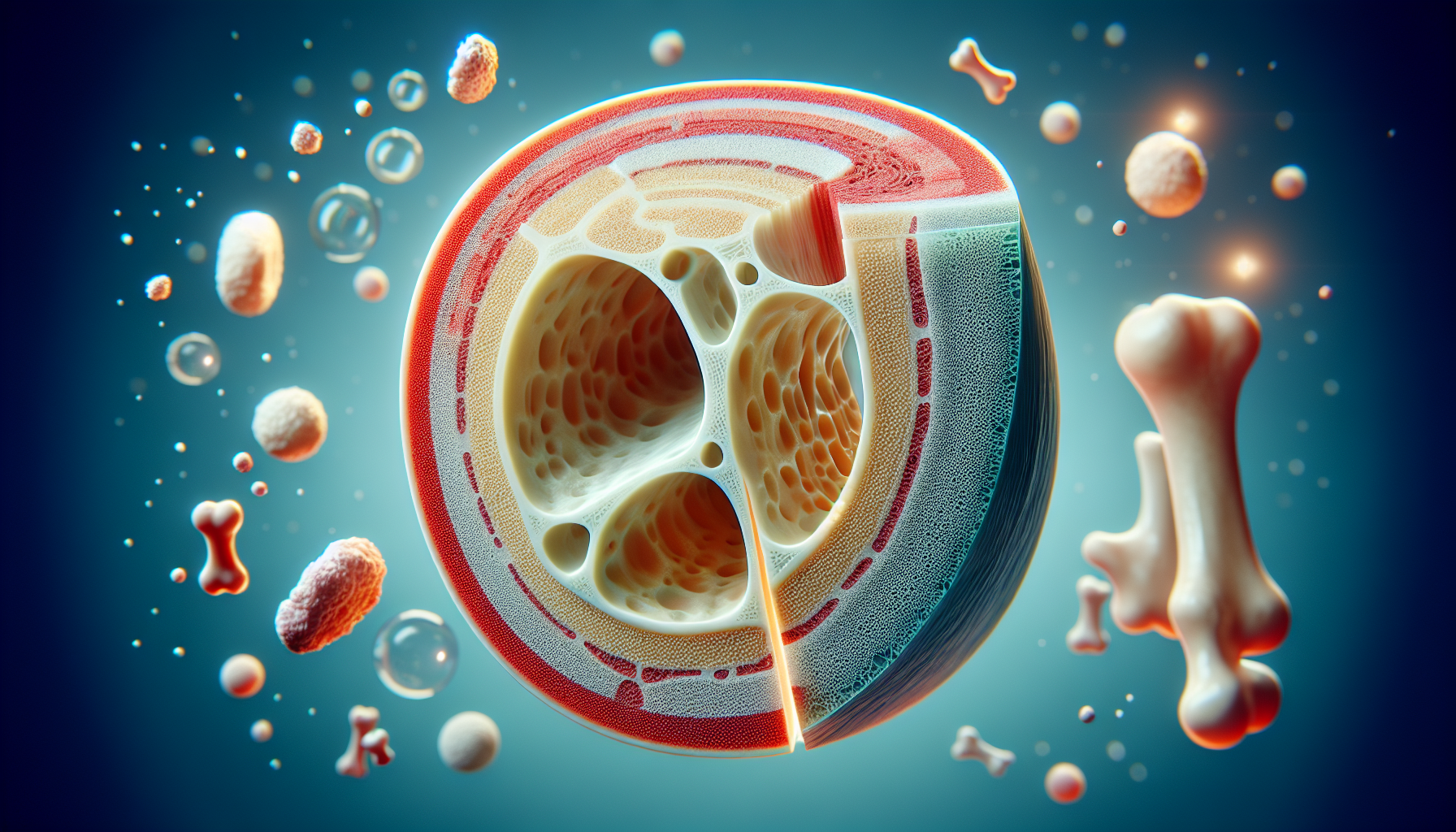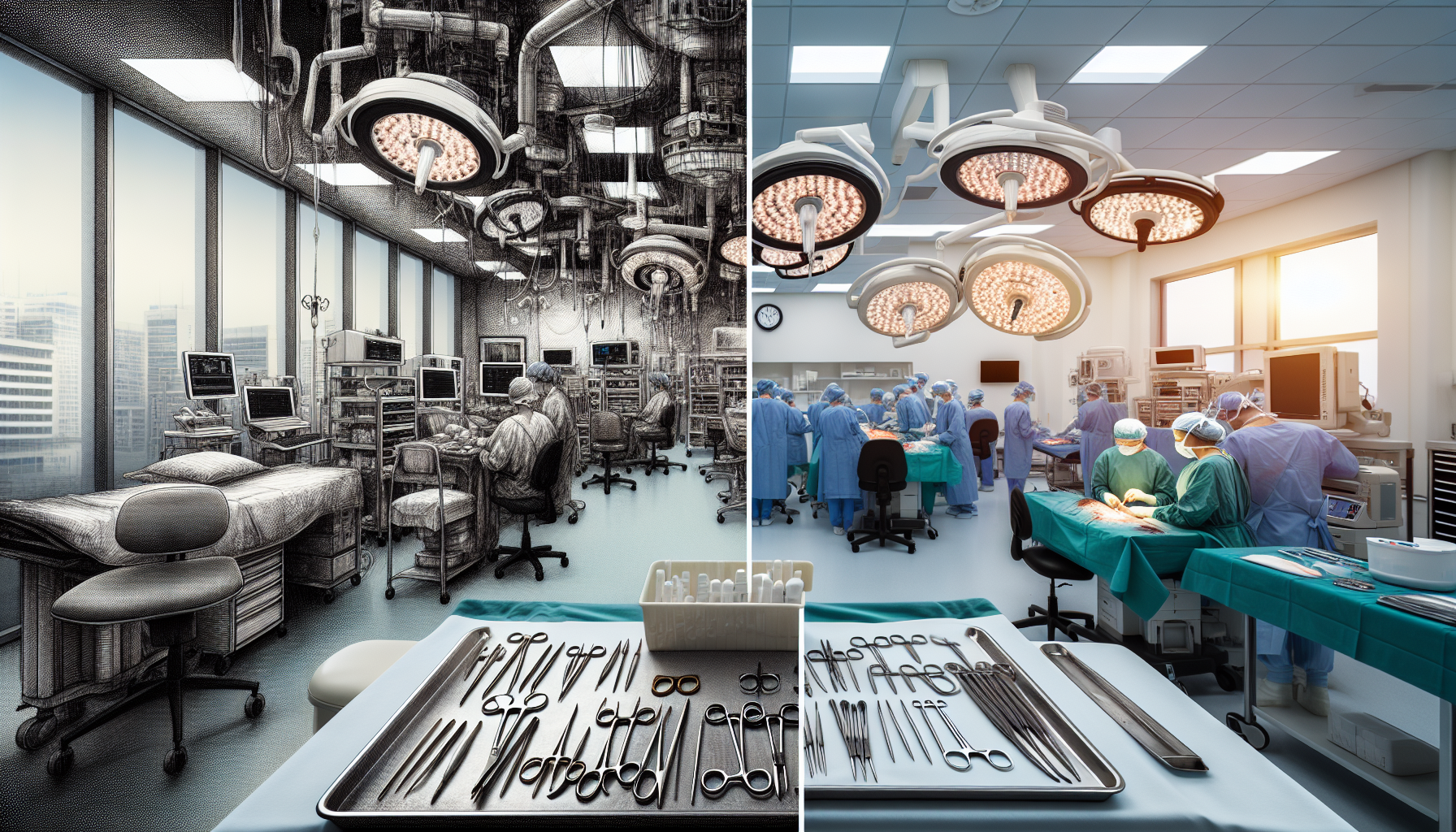Low-Density Implants Shine in Pediatric Neuromuscular Scoliosis Treatment
Key Takeaways
- Low-density spinal fusion constructs are effective for correcting scoliosis in children.
- Using fewer screws can significantly reduce operating room time.
- There is no increased risk of complications with low-density implants.
Did You Know?
Introduction to Pediatric Neuromuscular Scoliosis
Neuromuscular scoliosis is a complex spinal condition that affects children with underlying neurological or muscular disorders. Managing this condition often requires surgical intervention to correct the spinal curvature and stabilize the spine. One recent study has highlighted the effectiveness of low-density spinal fusion constructs in treating this condition.
Study Overview and Objectives
The Harms Study Group conducted a comprehensive examination of implant densities used in spinal fusion surgeries for pediatric neuromuscular scoliosis. Their aim was to evaluate how different implant densities affect surgical outcomes, specifically curve correction, operating room (OR) time, and post-surgical recovery.
Methodology and Data Collection
The research team reviewed data from 235 pediatric patients who underwent upper thoracic to pelvic posterior spinal fusion. These patients were followed for a minimum of two years to assess the long-term impact of the different implant densities. The cohort was divided into three groups based on the density of the constructs used: low-density, medium-density, and high-density.
Findings on Curve Correction and Surgical Outcomes
The study found that low-density constructs, which used fewer screws per spinal level, achieved similar curve corrections as medium- and high-density constructs. Importantly, no significant differences in pelvic obliquity, functional outcomes, or complications were noted among the three groups.
Impact on Operating Room Time
One of the most striking findings was the reduced OR time for patients with low-density implants. Surgeries using low-density constructs were approximately 100 minutes shorter compared to those using high-density constructs. This reduction in surgical time also implies less strain on the patient's body and more efficient use of medical resources.
Cost Implications
While the study did not directly analyze cost differences, it is evident that using fewer screws could potentially lower the overall cost of the procedure. High-density constructs require more screws, increasing both the cost of materials and the time needed for surgery.
Patient Safety and Recovery
Utilizing low-density implants not only speeds up surgical procedures but also minimizes the risk of complications and strain on young patients. Faster surgeries can contribute to shorter hospital stays and quicker recovery times.
Future Directions
Lead researcher Dr. Patrick Thornley emphasized the need for further studies to compare outcomes based on different curve types (C-shaped vs. S-shaped) and to observe patients over a longer follow-up period. This future research could provide more detailed insights into the nuanced effects of implant density on various patient subgroups.
Conclusion
The findings suggest that low-density spinal fusion constructs are a viable and effective option for treating pediatric neuromuscular scoliosis. Surgeons can consider using these lower-density options without compromising the quality of curve correction or increasing the risk of complications.
Practical Implications for Surgeons
Surgeons treating pediatric patients with neuromuscular scoliosis can confidently use low-density implants, knowing they provide effective curve correction and can significantly reduce OR time and overall resource utilization.



